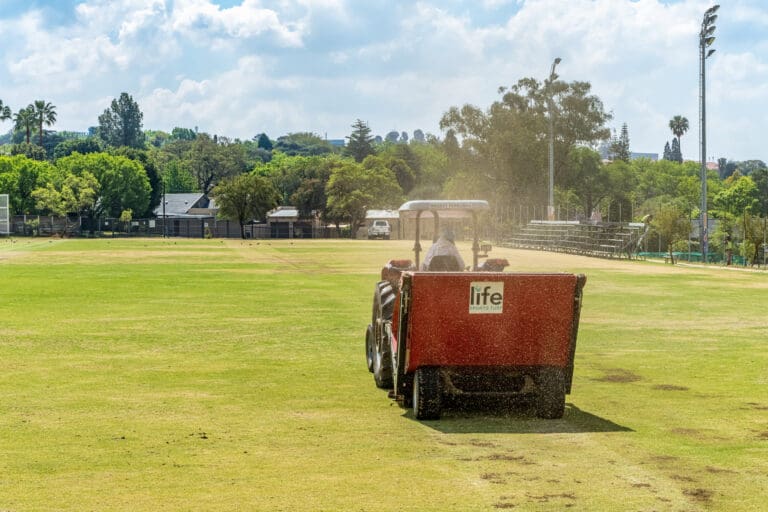Enhancing lives and preserving nature by improving environments through innovation, adaptation, and teamwork.
Life & Earth
Soaring Solutions: Enhancing Irrigation Systems with Drone Technology
In the realm of landscape management, where efficiency is key to sustainability, innovative technologies are...
Mar
Life Indoors
Sustainability: Elevating sustainability indoors
Life Indoors recognises the profound impact of living plants on fostering economic, environmental, and social...
Feb
Life Landscapes
The impact of extreme heat on sports fields: A guide for school facility managers
As stewards of vibrant school communities, facility managers and school heads understand the vital role...
Feb
Life Indoors
Quality of life: Discover the transformative power of living plants in enhancing quality of life
At Life Indoors, we understand the profound impact of biophilic design on human success, both...
Feb
Life Landscapes
Enhancing education through landscaping: The impact on children’s learning
As stewards of educational institutions, school facility managers and heads are constantly seeking ways to...
Feb
Life Indoors
Embracing Biophilia: The Transformative Power of Nature in Interior Design
In today’s world, where urban landscapes dominate our surroundings, the concept of biophilia has emerged...
Feb
Life Indoors
Creativity: Foster creativity in your indoor spaces
At Life Indoors, we specialise in designing vibrant, efficient workspaces that nurture collaboration and creativity....
Feb






